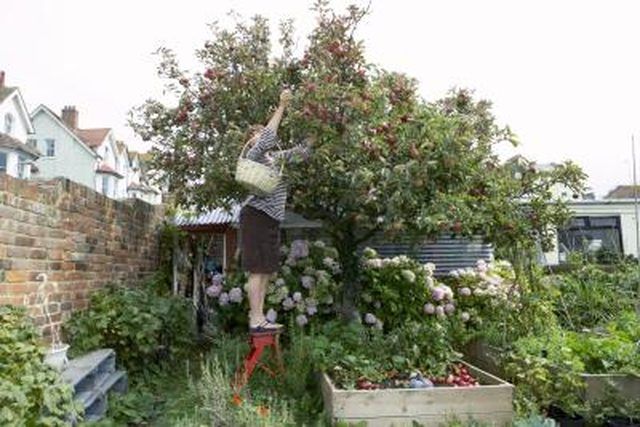Bulbs
Flower Basics
Flower Beds & Specialty Gardens
Flower Garden
Garden Furniture
Garden Gnomes
Garden Seeds
Garden Sheds
Garden Statues
Garden Tools & Supplies
Gardening Basics
Green & Organic
Groundcovers & Vines
Growing Annuals
Growing Basil
Growing Beans
Growing Berries
Growing Blueberries
Growing Cactus
Growing Corn
Growing Cotton
Growing Edibles
Growing Flowers
Growing Garlic
Growing Grapes
Growing Grass
Growing Herbs
Growing Jasmine
Growing Mint
Growing Mushrooms
Orchids
Growing Peanuts
Growing Perennials
Growing Plants
Growing Rosemary
Growing Roses
Growing Strawberries
Growing Sunflowers
Growing Thyme
Growing Tomatoes
Growing Tulips
Growing Vegetables
Herb Basics
Herb Garden
Indoor Growing
Landscaping Basics
Landscaping Patios
Landscaping Plants
Landscaping Shrubs
Landscaping Trees
Landscaping Walks & Pathways
Lawn Basics
Lawn Maintenance
Lawn Mowers
Lawn Ornaments
Lawn Planting
Lawn Tools
Outdoor Growing
Overall Landscape Planning
Pests, Weeds & Problems
Plant Basics
Rock Garden
Rose Garden
Shrubs
Soil
Specialty Gardens
Trees
Vegetable Garden
Yard Maintenance
Is Stain Safe for Raised Vegetable Beds?
Is Stain Safe for Raised Vegetable Beds?. Raised vegetable beds can be temporary structures made of piled earth or more permanent beds bordered with frames made of stone, wood or synthetic timber. Some materials with an unknown history are effectively treated with oil-based stains.

Raised vegetable beds can be temporary structures made of piled earth or more permanent beds bordered with frames made of stone, wood or synthetic timber. Some materials with an unknown history are effectively treated with oil-based stains.
Materials And Contaminents
Timber from unknown sources may have been pressure-treated with chemicals containing arsenic or copper. Railroad ties contain or are coated with creosote, which damages plants. The United States Environmental Protection Agency does not recommend using railroad ties in home landscapes.
Stains
Some woods, like redwood and cedar, require staining for aesthetic reasons. Other woods require staining to prevent rot and deterioration. Stain wood with an oil based stain in order to prevent the wood from deteriorating. According to Purdue University's Department of Horticulture, applying oil-based stains also seals toxins into the wood and prevents leaching into soil and edible plants.
Alternatives
Landscaping with reclaimed materials -- railroad ties, tires and whiskey barrels -- is seen in urban gardens. Many gardeners with this style preference work around the possibility of contamination by lining the container with plastic. The entire surface does not need to be covered. Simply drape the plastic between the area where the container meets soil.